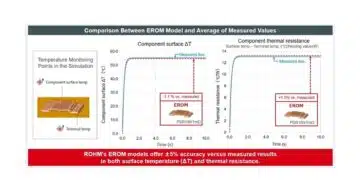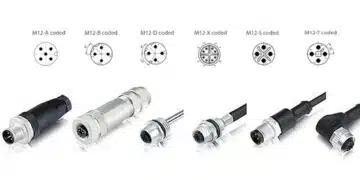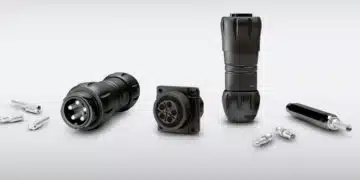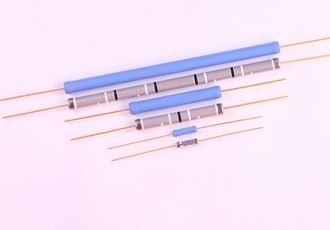source: Stackpole news
RALEIGH, NC Stackpole Electronics,Inc. announces the release of the HVAM series of high voltage axial leaded resistors. The HVAM deposition
technology produces a non-inductive resistive element with high stability, low noise and high voltage ratings.
Precision tolerances are available down to 0.1% with TCR as low as 50ppm.
Resistance values range from 500kΩ to 10GΩ, depending on resistor size and tolerance.
Sizes and maximum working voltage ratings are as follows:
- HVAM20 – 2W power rating, 15,000V
- HVAM36 – 3.6W power rating, 15,000V
- HVAM50 – 5W power rating, 20,000V
- HVAM75 – 7.5W power rating, 30,000V
- HVAM10 – 10W power rating, 50,000V
The HVAM series is suitable for high voltage medical applications, voltage dividers, high voltage power supplies, avionics and aerospace, industrial equipment, and telecom infrastructure and equipment.
































